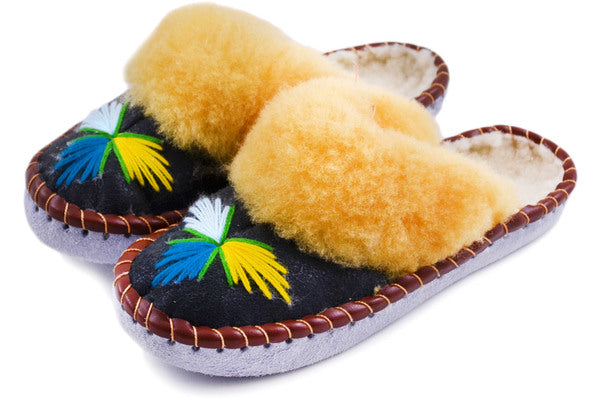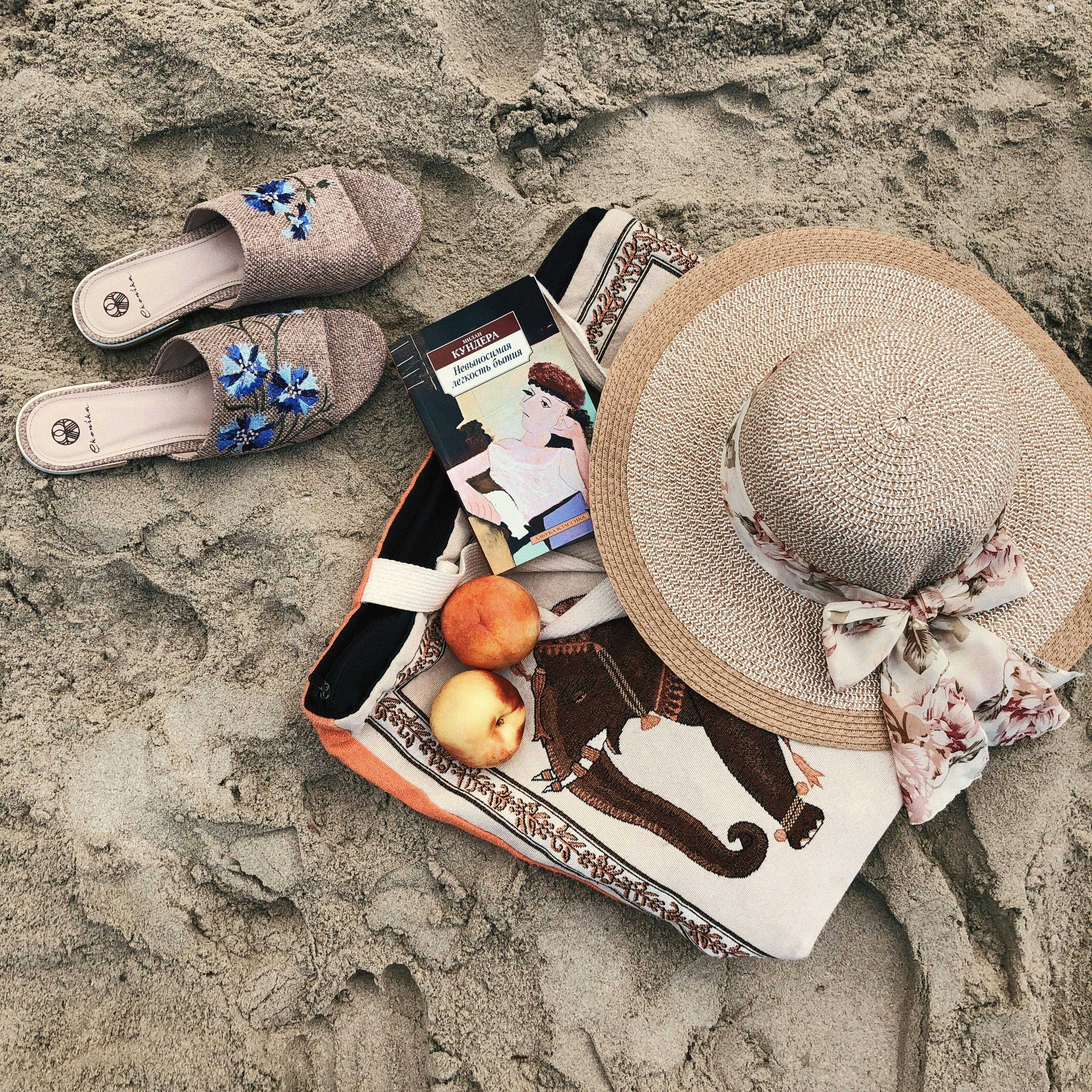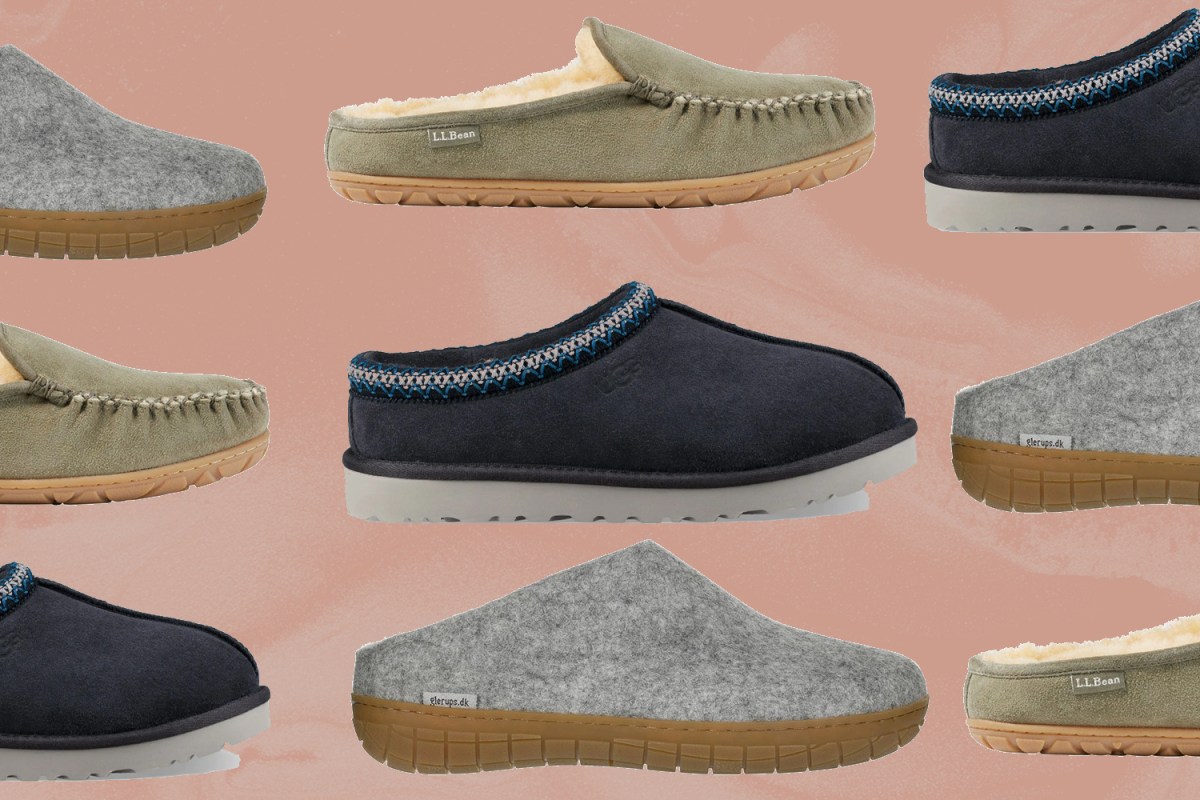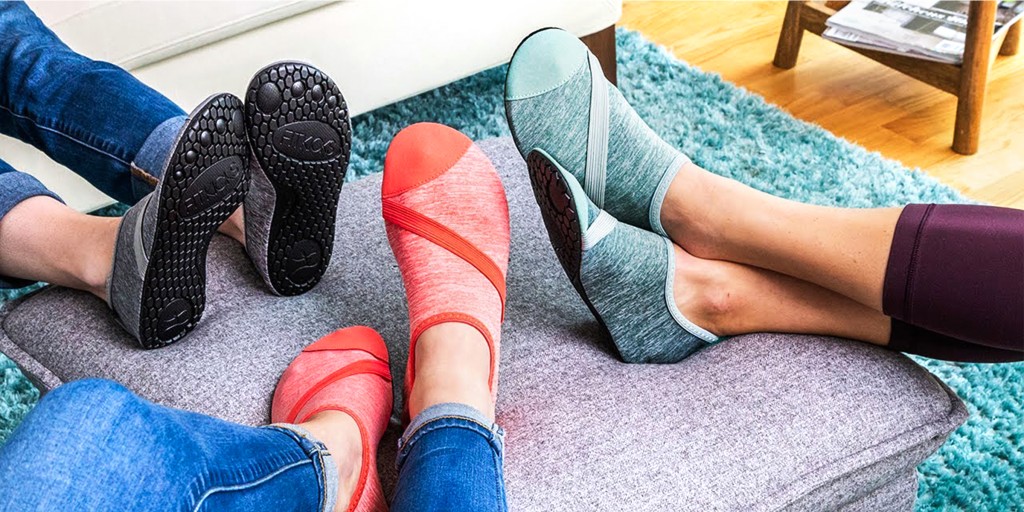No products in the cart.
Trending Slippers, Uncategorized
Slippers vs. House Shoes Understanding the Differences
As we spend more and more time at home, our choice of footwear becomes increasingly important for both comfort and functionality. Slippers vs House Shoes are two popular options for indoor wear, but many people use these terms interchangeably without truly understanding their differences. While both offer a cozy and comfortable option for lounging around the house, they each have unique features and purposes that set them apart. In this article, we will delve into the battle of slippers vs. house shoes and help you determine which one is right for you.
The Battle of Comfort: Which One Reigns Supreme?

When it comes to comfort, both slippers and house shoes are designed to provide relief to tired feet. However, their designs and materials may impact how comfortable they feel for different individuals.
Fit and Design
Slippers are typically made with a looser fit, allowing for easy slip-on and removal. They often have an open back or no back at all, making them convenient for quick trips to the bathroom or kitchen. However, this loose fit may not be suitable for those with narrow feet as they may constantly slip off. On the other hand, house shoes usually have a more fitted design, similar to regular shoes, providing a snugger and more secure fit. This may be preferred by individuals with narrower feet or those who require more support for their feet.
Cushioning and Support
Both slippers and house shoes offer cushioning for the feet, but slippers tend to have thicker and softer padding compared to house shoes. This can make them ideal for individuals who need extra cushioning due to foot conditions or for those who simply enjoy walking on a cloud-like surface. However, the thicker cushioning may also reduce stability and support, making them less suitable for individuals who require more structured footwear. House shoes, on the other hand, offer a balance between cushioning and support, providing comfort without compromising stability.
Warmth and Breathability
One of the main purposes of wearing slippers or house shoes is to keep our feet warm in colder temperatures. Both options offer insulation and warmth, but slippers have the upper hand when it comes to trapping heat. They are often made with materials such as sheepskin or fleece, which are known for their excellent insulation properties. However, this means that they may not be suitable for warmer climates or individuals who tend to have hot feet. House shoes, on the other hand, usually have a more breathable design, allowing for better air circulation and preventing overheating.
Functionality Unraveled: Exploring the Practicalities

While both slippers and house shoes provide comfort, they also offer different levels of functionality for various activities around the house.
Indoor vs Outdoor Use
Slippers are primarily designed for indoor use, making them the perfect choice for lounging around the house. They are not meant to withstand outdoor elements and may get easily damaged or dirty if worn outside. On the other hand, house shoes are more versatile and can be used for both indoor and outdoor activities. They are typically made with sturdier materials and have a more durable sole, making them suitable for quick trips to the mailbox or running errands.
Easy Maintenance
When it comes to maintenance, slippers are relatively easy to care for. They can be thrown into the washing machine for a quick clean, and some even come with removable insoles for easy washing. House shoes, however, may require more effort for cleaning as they may not be machine washable. They may also need to be cleaned more frequently due to their outdoor usage.
Multifunctional Features
In recent years, slippers have evolved to include multifunctional features such as built-in speakers or heating elements. These added features may enhance the wearer’s experience, but they also come with a higher price tag. House shoes, on the other hand, are less likely to have these added features as they are primarily designed for indoor use.
Style Showdown: Aesthetic Appeal and Versatility

Apart from functionality, many people also consider the style and versatility of their indoor footwear. Both slippers and house shoes offer various options that can suit different preferences and occasions.
Design Options
Slippers come in many different styles and designs, including traditional moccasins, slide-ons, and booties. They often feature fun patterns and colors, making them a popular choice for individuals looking for a more playful or trendy option. House shoes, on the other hand, have a simpler and more classic design, resembling regular shoes. This versatility makes them suitable for both casual wear and more formal settings.
Versatility for Different Outfits
When it comes to versatility, house shoes may have an edge over slippers. As they have a more structured and sleek design, they can easily be paired with different outfits, including jeans, leggings, or even dresses. Slippers, on the other hand, may be limited to casual wear and may not be suitable for more formal occasions.
Temperature Regulation
In terms of temperature regulation, both slippers and house shoes have options for different seasons. Slippers made with thicker materials are ideal for colder months, while those made with lighter fabrics can be worn during warmer weather. House shoes, with their breathable design, can be comfortably worn year-round, making them a more versatile option for individuals living in constantly changing climates.
Material Matters: Uncovering the Comfort Factors

The type of material used to make slippers and house shoes can significantly impact their comfort level. Let’s take a closer look at some of the most common materials used for these types of footwear.
Sheepskin
Sheepskin is a popular material used for slippers due to its exceptional softness and insulation. It is known for its ability to regulate temperature, keeping feet warm in colder weather and cool in warmer temperatures. However, it may not be the most durable material and may require more maintenance to keep it looking its best.
Fleece
Fleece is another popular material used in making slippers. It is soft, lightweight, and offers excellent insulation, making it a comfortable option for wearing around the house. However, it may not be as moisture-wicking as other materials, making it less suitable for individuals with sweaty feet.
Cotton
Cotton is a common fabric for both slippers and house shoes. It is breathable, lightweight, and easy to maintain, making it a practical choice for indoor wear. However, it may not offer the same level of warmth as other materials and may not be as durable in the long run.
Terry Cloth
Terry cloth is a soft and absorbent material commonly used in making house shoes. It is ideal for drying off wet feet and providing a cozy feeling. However, it may not be as sturdy as other materials, so it may not be the best choice for individuals who need more support or stability.
Leather
Leather is often used in making house shoes due to its durability and versatility. It can withstand outdoor elements and provides a sleek and classic look. However, it may not be as comfortable for indoor wear compared to softer materials like fleece or cotton.
Indoor-Outdoor Dynamics: Evaluating Suitability

The choice between slippers and house shoes may also depend on how much time you spend indoors versus outdoors. Let’s explore the dynamics of each option.
Indoor Comfort
Slippers are designed primarily for indoor use, making them a go-to choice for many individuals looking for maximum comfort. They provide a soft and cozy feeling for lounging around the house and can be easily kicked off when needed. House shoes, while still comfortable, may not provide the same level of relaxation and coziness due to their more structured design.
Outdoor Versatility
House shoes offer more versatility when it comes to outdoor use. They can withstand different terrains and weather conditions, making them suitable for quick trips or errands. Slippers, on the other hand, may not be as durable and may not provide enough support for walking on uneven surfaces.
Seasonal Suitability
As mentioned earlier, both slippers and house shoes have options that cater to different seasons. However, house shoes may be a better option for individuals who live in areas with unpredictable weather as they offer more protection against the elements. Slippers made with thicker materials may not be suitable for warmer climates or individuals who tend to have hot feet.
Sole Stories: Traction and Support in Focus
The sole of your indoor footwear plays a significant role in providing comfort and stability. Let’s take a closer look at the different types of soles used in slippers and house shoes.
Rubber Sole
Rubber soles are popular for both slippers and house shoes as they provide excellent traction and durability. They can easily withstand different terrains and are suitable for outdoor use. However, they may not offer the same level of cushioning and support compared to other materials.
Memory Foam
Memory foam is a popular material used in slippers as it provides maximum comfort and support. It conforms to the shape of your foot, providing a customized fit and reducing pressure points. However, it may not be as durable as rubber soles and may flatten over time.
Cork
Cork is a natural material used in some house shoes as it offers a balance between cushioning and support. It can absorb shock and provide stability for those who require more structured footwear. However, it may not be as soft and comfortable as memory foam or other materials.
Slipper Etiquette: Social Norms and Boundaries
While both slippers and house shoes can be considered casual indoor footwear, there are certain social norms and boundaries to keep in mind.
Guests and Visitors
When having guests or visitors over, it is appropriate to wear slippers rather than house shoes. This is because slippers are designed for indoor use and provide a more relaxed and welcoming atmosphere. House shoes, while still suitable for indoor wear, may give off a more formal impression and may not be as inviting.
Public Spaces
Both slippers and house shoes are meant to be worn indoors, but many people often wear them in public spaces such as airports or shopping malls. While this may seem convenient, it is important to consider the cleanliness of these public areas and whether wearing your indoor footwear outside may bring in dirt and germs. It is recommended to bring a separate pair of outdoor shoes instead.
Personal Preferences
Ultimately, the choice between slippers and house shoes depends on personal preferences and comfort levels. Some individuals may feel more comfortable wearing house shoes even when hosting guests at home, while others may prefer the laid-back and cozy feeling of slippers. It is essential to find the right balance between comfort and social norms when deciding which option to go for.
House Shoe Haven: Creating a Cozy, Inviting Atmosphere
For many people, their home is their sanctuary, and the type of footwear they choose reflects their personal style and atmosphere. Here are some tips on how to create a cozy and inviting ambiance with your indoor footwear.
Matching Colors and Materials
To achieve a cohesive and aesthetically pleasing look, try matching your indoor footwear with other accessories or furniture in your home. For example, if you have a rug or throw pillows in a particular color or pattern, you can choose slippers or house shoes that complement those items. You can also opt for materials that match your furniture, such as leather house shoes to go with a leather couch.
Seasonal Switch-Ups
Just like our regular shoes, our indoor footwear can also be switched up according to the season. During colder months, opt for slippers or house shoes made with thicker materials such as sheepskin or fleece, and during warmer weather, choose lighter and more breathable options like cotton or terry cloth.
Personal Touches
Adding personal touches to your indoor footwear can make them feel even cozier and more inviting. This can include monogramming your initials on slippers or adding decorative elements like pom-poms or bows. You can also experiment with different patterns and designs to add a touch of personality to your indoor footwear.
The Ultimate Verdict: Choosing the Right Footwear for Your Needs
After exploring the different aspects of slippers and house shoes, it’s time to determine which one is right for you. Here are some key factors to consider when making your decision:
- If you prioritize maximum comfort and warmth, slippers may be the better option.
- For outdoor versatility and durability, house shoes may be more suitable.
- If you have narrow feet or need more support, house shoes may provide a better fit.
- For individuals who prefer a more fitted and structured design, house shoes may be the way to go.
- If you live in a region with unpredictable weather, house shoes may offer more protection against the elements.
- When considering aesthetics and versatility, house shoes may have an edge over slippers.
- Ultimately, personal preferences and comfort levels should be the primary factors in deciding between slippers and house shoes.

Conclusion
In the battle of slippers vs. house shoes, there is no clear winner as both options offer unique features and benefits. It ultimately comes down to personal preferences and individual needs. Whether you choose slippers for their cozy and relaxed feel or house shoes for their versatile and durable design, the most important thing is to choose footwear that makes you feel comfortable and at home.
